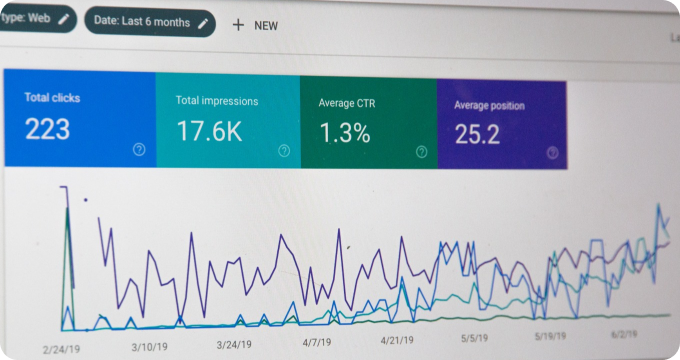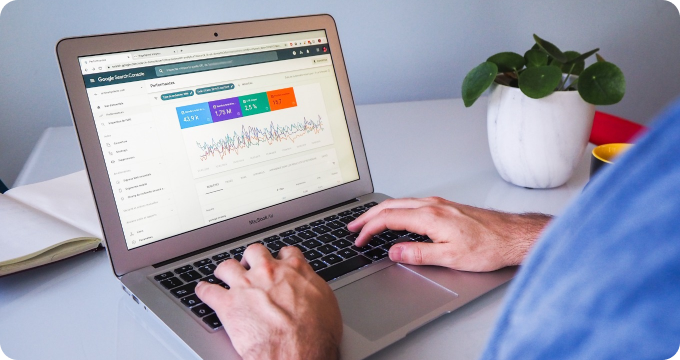7 Things I Wish I'd Known About Demand Forecasting Software Before Implementing One
- December 01, 2023
- 3 minutes
If you are considering the implementation of a demand forecasting software, or have recently taken the plunge, this article is your designated safe harbor. Reflecting on my own journey, I have distilled the experience into seven critical lessons that I wish I had known before diving into this complex but rewarding sea of data analysis. My hope? To guide you towards smoother sailing.
-
Quality of Data is Paramount
The first lesson is about data. Data is the raw material that fuels demand forecasting software; hence, its quality is of utmost importance. Garbage in, garbage out, as the saying goes. Unfortunately, I learned this the hard way.
During the initial phases of implementing our solution, we noticed that our forecasts were wildly inaccurate. On investigating, we found that our data was polluted with incorrect entries, redundancies, and missing values - our forecasts were inaccurate because our data was inaccurate.
Leveraging the concept of Data Quality Management (DQM) can prevent this situation. DQM is a discipline that focuses on improving the quality of data by employing various methodologies and techniques. Adequate time and resources should be dedicated to data cleaning and accurate data entry to ensure that your forecasting software has the best foundation to work with.
-
Integration and Interoperability Should Not be Overlooked
The second lesson I learned was about the importance of system integration. When we first implemented our demand forecasting software, we failed to consider how it would interact and exchange data with our other systems, such as inventory management and supply chain software. This lack of interoperability led to unnecessary manual data entry and a decreased efficiency.
When choosing a demand forecasting software, it's crucial to consider how well it aligns with your existing systems. Select a tool that can seamlessly integrate with your IT infrastructure. The system's ability to interact with other software tools in your organization has a direct impact on its efficiency and effectiveness.
-
Demand Forecasting Software Doesn't Replace Human Judgment
The third lesson is not to lean entirely on the software. The predictions generated by these systems are based on mathematical algorithms. While these algorithms are highly sophisticated, they do not possess the ability to consider qualitative factors such as market trends or strategic business decisions.
Incorporating human judgment in the forecasting process can add significant value. Humans can account for market knowledge, strategic insights, and intuitive hunches that a machine simply can't. Never underestimate the power of the human touch.
-
Overfitting is a Real Risk
The fourth lesson revolves around the statistical pitfall known as overfitting. Overfitting occurs when a model is too closely fit to a limited set of data points, making it less accurate when predicting future outcomes. In statistical terms, it's when the model has low bias but high variance.
While it might be tempting to make your model as accurate as possible on your historical data, be wary not to fall into the trap of overfitting. It's essential to strike a balance between fit and flexibility. Remember, we are trying to predict the future, not perfectly explain the past.
-
Forecasting Accuracy is a Function of Time
The fifth lesson is linked to the principle of time decay in forecasting accuracy. The further into the future we try to predict, the less accurate our predictions tend to be. This holds true for weather forecasts, economic projections, and yes, demand forecasting too.
Understanding this principle can guide decision-makers in relying on forecasts for short-term operational decisions and using them as trend indicators for long-term strategic planning.
-
Regularly Update the Model
The sixth lesson is about the importance of regularly updating the model. Just as an athlete continually trains to improve performance, your forecasting model should be regularly trained with new data to improve its predictions.
This is especially relevant in today's fast-paced business environment where customer preferences, market dynamics, and competitive landscapes can shift rapidly. A model trained on obsolete data will yield obsolete forecasts.
-
Understand the Limits of the Software
The final lesson is to understand the limits of the software. No software, no matter how sophisticated, can provide 100% accurate forecasts all the time. This is not a shortcoming of the tool but a reflection of the inherent uncertainty and complexity in predicting future demand.
As Nassim Nicholas Taleb, a scholar in uncertainty and randomness, eloquently put it in his book 'The Black Swan', "No matter how sophisticated our choices, how good we are at dominating the odds, randomness will have the last word."
To wrap up, embarking on the journey to implement demand forecasting software is not without its challenges. However, understanding these seven lessons ahead of time can set you on the right course, helping you navigate the stormy seas of demand forecasting with greater confidence and competence.
Learn More
Unleash the power of prediction and stay ahead of the curve by diving deeper into our enlightening blog posts about demand forecasting software. For an unbiased, comprehensive view, they are encouraged to explore our meticulously compiled rankings of the Best Demand Forecasting Software.
Popular Posts
-
 7 Compelling Reasons Why Your Business Needs Demand Forecasting Software
7 Compelling Reasons Why Your Business Needs Demand Forecasting Software
-
 The Future of Demand Forecasting Software: Predictions and Emerging Trends
The Future of Demand Forecasting Software: Predictions and Emerging Trends
-
 Ask These Questions to a Demand Forecasting Software Provider to Choose the Right Solution for Your Business
Ask These Questions to a Demand Forecasting Software Provider to Choose the Right Solution for Your Business
-
 How to Hire the Right Demand Forecasting Software for Your Business
How to Hire the Right Demand Forecasting Software for Your Business
-
 7 Things I Wish I'd Known About Demand Forecasting Software Before Implementing One
7 Things I Wish I'd Known About Demand Forecasting Software Before Implementing One






